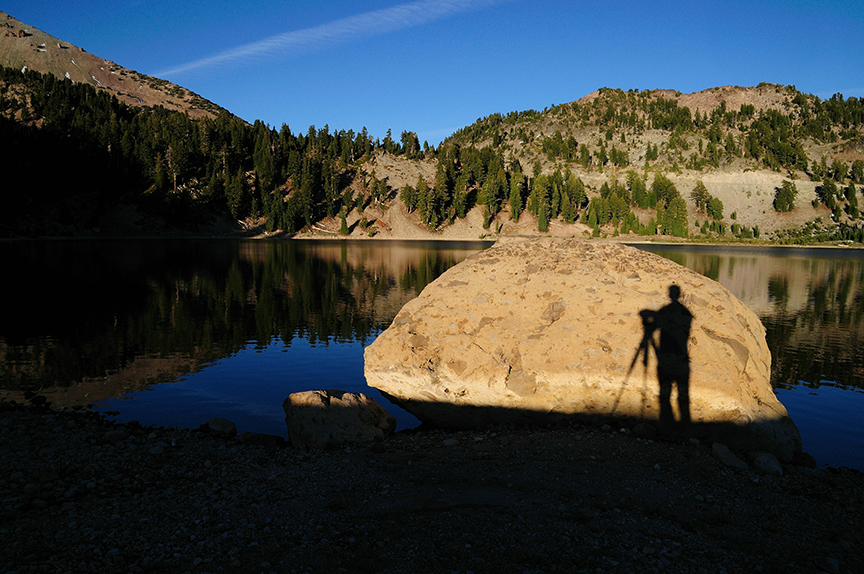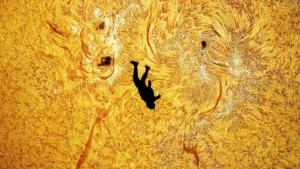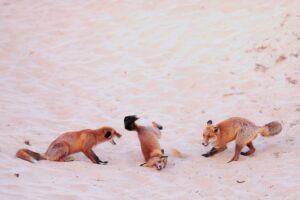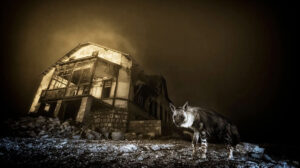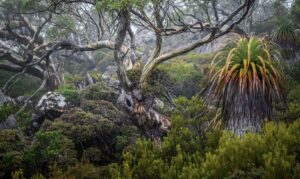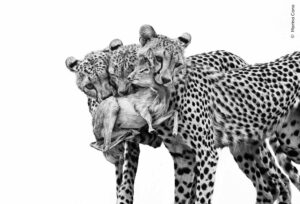President Biden is using his last months in office to bolster his environmental legacy. First came a ban on offshore drilling, then two new national monuments in California, and now a loosening of filming restrictions in national parks.
Until Biden signed the EXPLORE Act on January 4, professional photographers filming in national parks had to apply for permits from the National Parks Service (NPS). The permit applications could cost hundreds of dollars, and rejections were common. Now most photographers won’t have to bother submitting anything at all before heading out to the backcountry with their cameras.
Restrictions designed to protect public land instead made it less public
A crew filming a Hollywood blockbuster, an indie documentary maker, and a YouTuber eking out a handful of dollars a month from ad revenue — until the new law, all of them had to apply for a filming permit in national parks. The previous law applied to all photographers who might profit from their work in the parks. Although it was passed to protect national parks from Hollywood studios, it was just as limiting to small, independent photographers.
Now that law is gone. Any crew under six people can stroll into a national park and record as they please for fun or profit, as long as they follow park rules. It’s also now legal to record commercial footage of large events in national parks.
The EXPLORE Act does a lot more than just legalize professional filming, though. It requires the NPS to identify 10 potential new long-distance bike trails and to establish 27 new campsites. It also recommended that the NPS reopen all closed campsites within the next month.
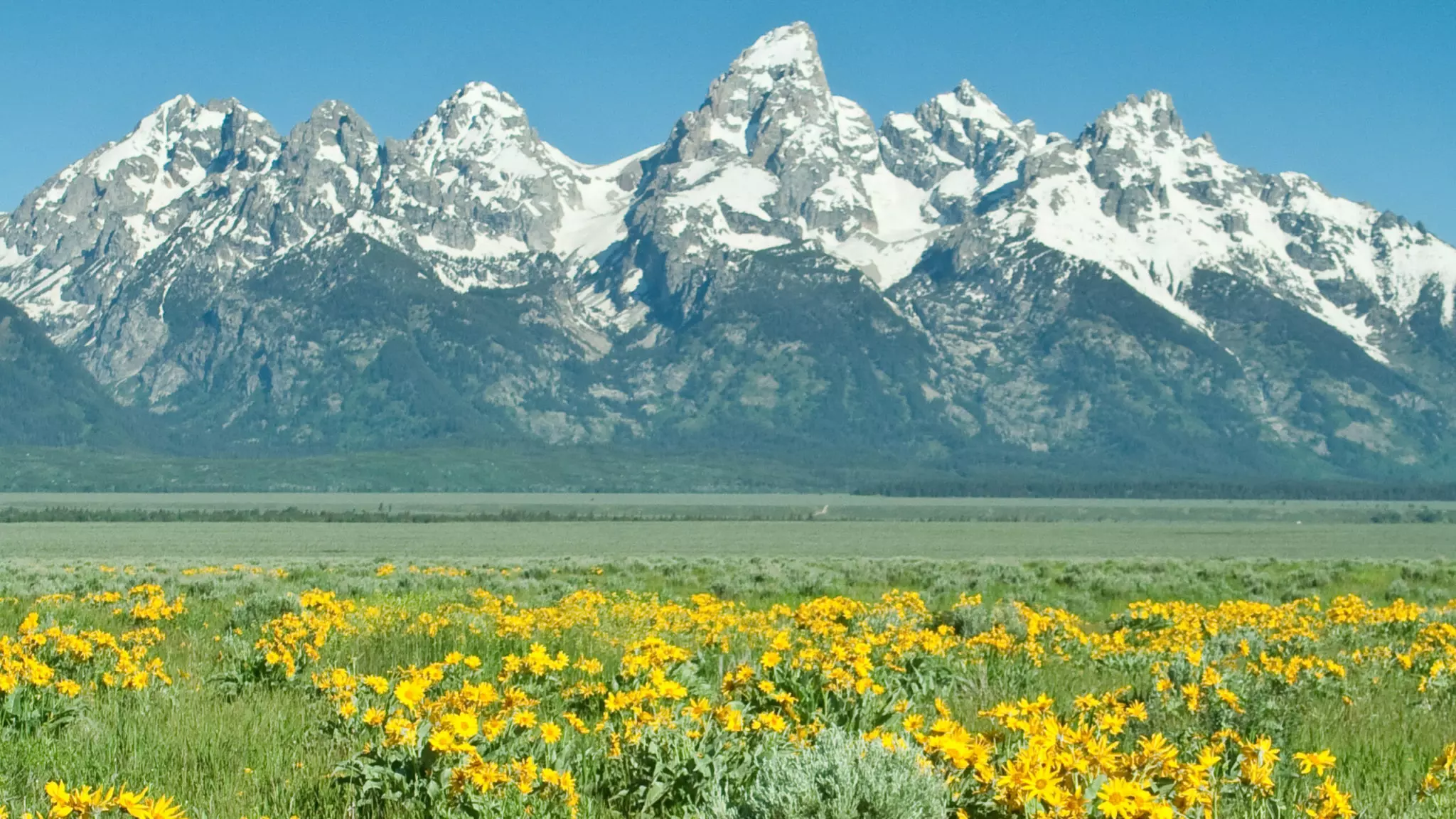
The Grand Teton overlooking Jackson Hole. Photo: Jackson Hole Wildlife Safaris.
A Grand Teton speed record triggered the new law
The EXPLORE Act stands for the Expanding Public Lands Outdoor Recreation Experiences Act. (Who comes up with these acronyms?) It came into being in response to a lawsuit from two photographers who teamed up with the Foundation for Individual Rights and Expression (FIRE), a free speech protection group.
Alex Rienzie and Connor Burkesmith set out to film Michelino Sunseri take on the Grand Teton speed record of 2 hours 53 min 2 sec, set by NPS ranger Andy Anderson in 2012. The project didn’t start auspiciously. Their permit application was rejected on the grounds that filming would make the event too “competitive.” The application fee was $325, non-refundable.
Not to be deterred, they filmed Sunseri’s run anyway. To keep up with him over 26km of technical terrain, they had to travel light. They brought less equipment to the Grand Teton than most visitors.
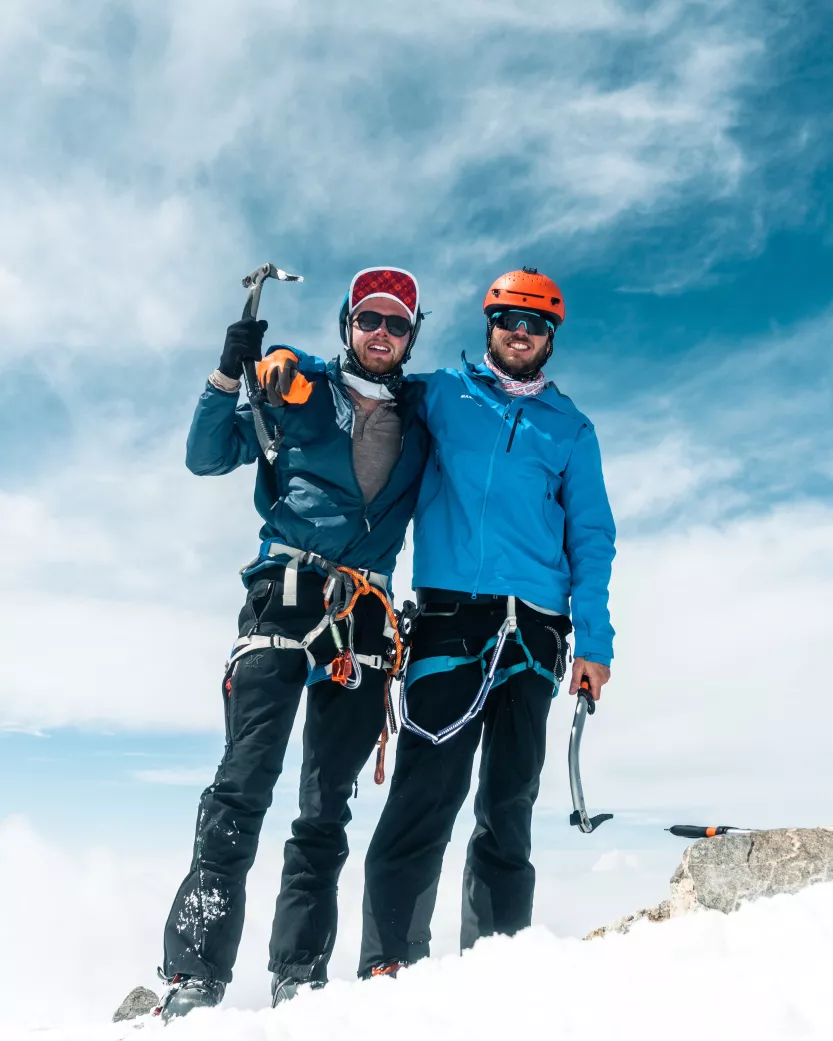
Rienzie and Burkesmith at the summit of the Grand Teton. Photo: Connor Burkesmith
Resolves the photographers’ lawsuit
Sunseri finished the climb with a record time of 2h 50m 50s. That was where the trouble really started.
For his part, Sunseri faced controversy over the route he took. The records website Fastest Known Time rejected Sunseri’s accomplishment because he had shaved half a mile off the route by cutting across a switchback.
As for Rienzie and Burkesmith, they had to handle the fallout from their illegal filming. The NPS released a vague statement that no charges would currently be pressed. If they tried selling the footage, however, they might wind up in legal hot water.
Rienzie and Burkesmith had had enough. On December 18, FIRE submitted a lawsuit against the NPS on their behalf. The filming restrictions, the lawsuit claimed, were a violation of First Amendment rights.
The lawsuit did its job without ever making it to court. It came to the attention of the Senate, which immediately passed the EXPLORE Act. Biden signed it into law this week, officially putting it on the books. But Sunseri’s legal problems aren’t quite over. He is facing a $5,000 fine or six months of jail time over his deviation from the trail.
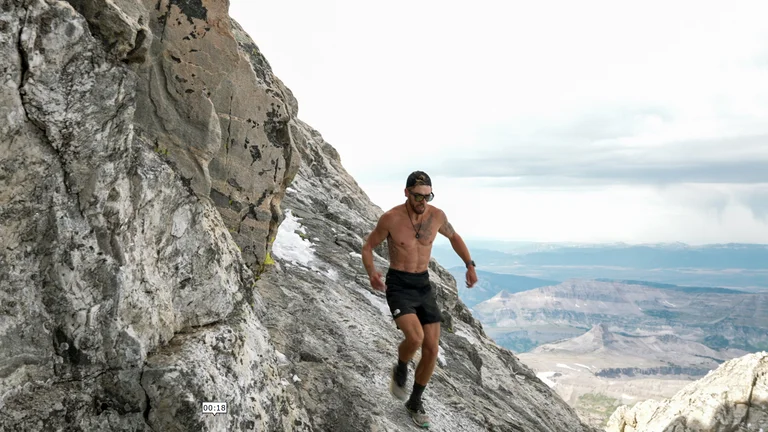
Michelino Sunseri on his Grand Teton speed run. Photo: Connor Burkesmith
